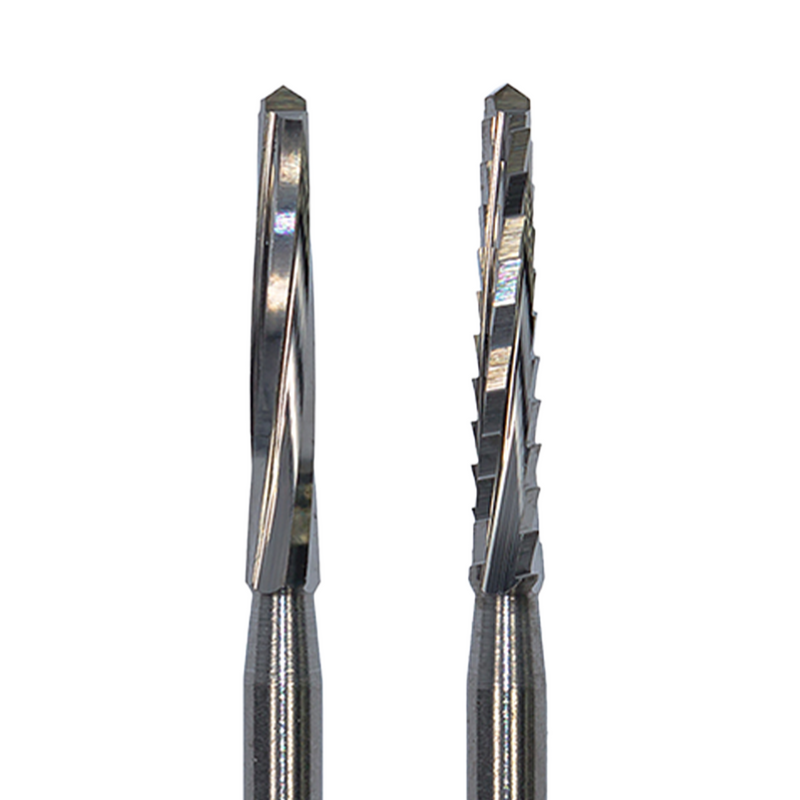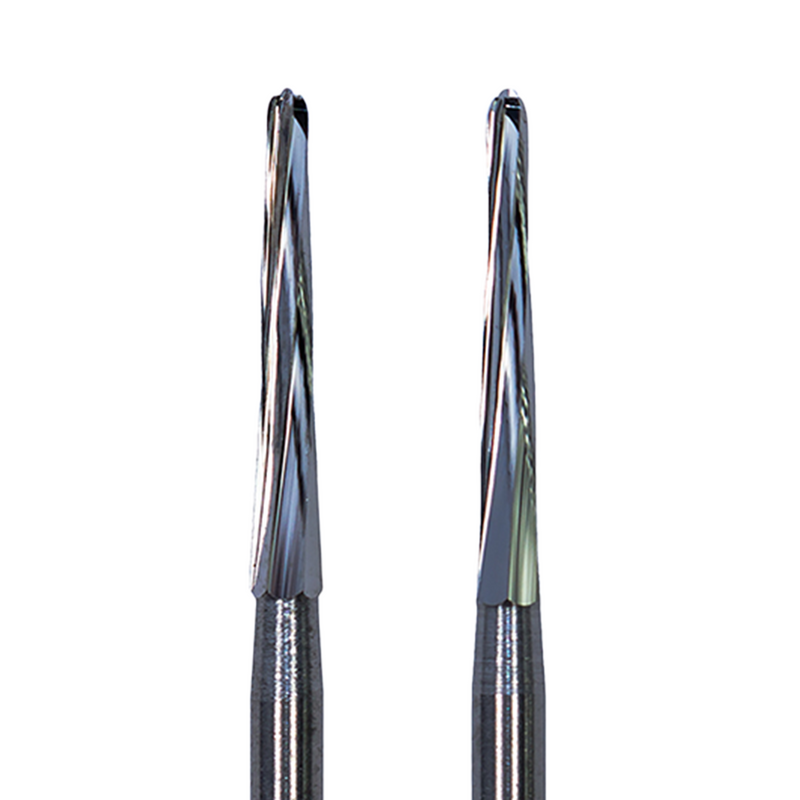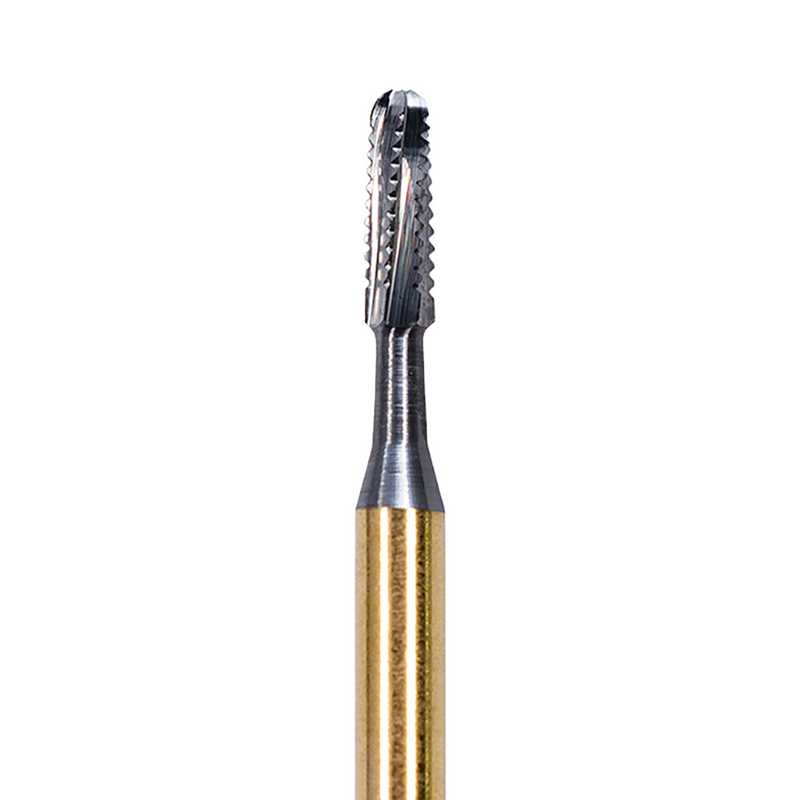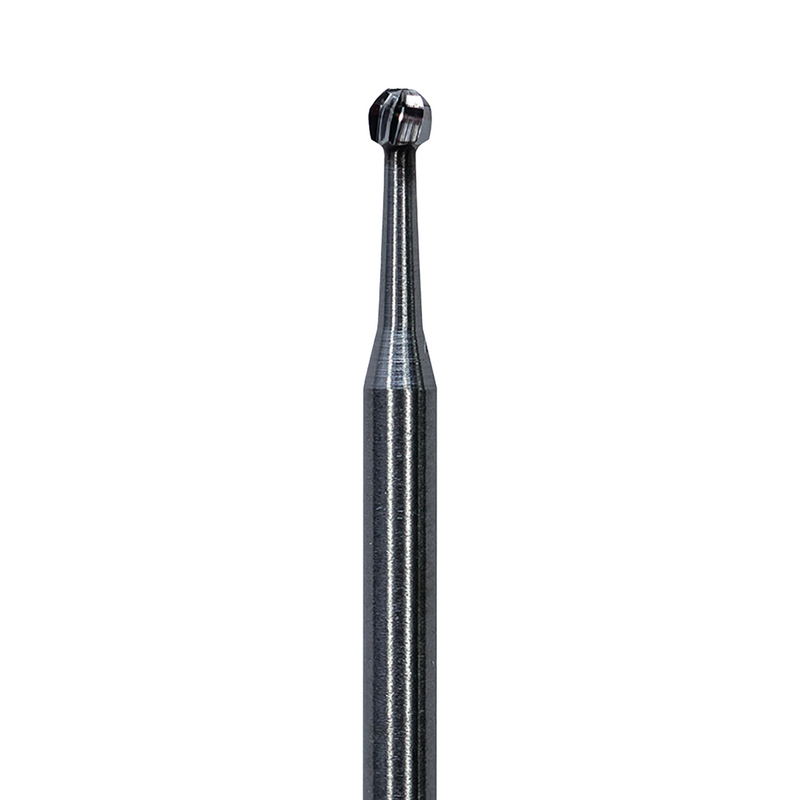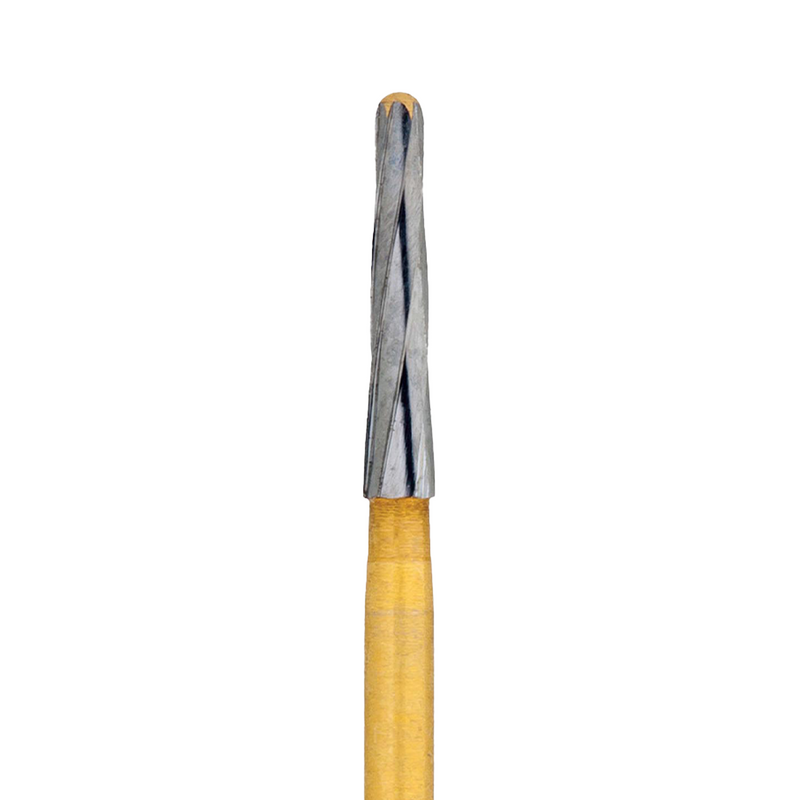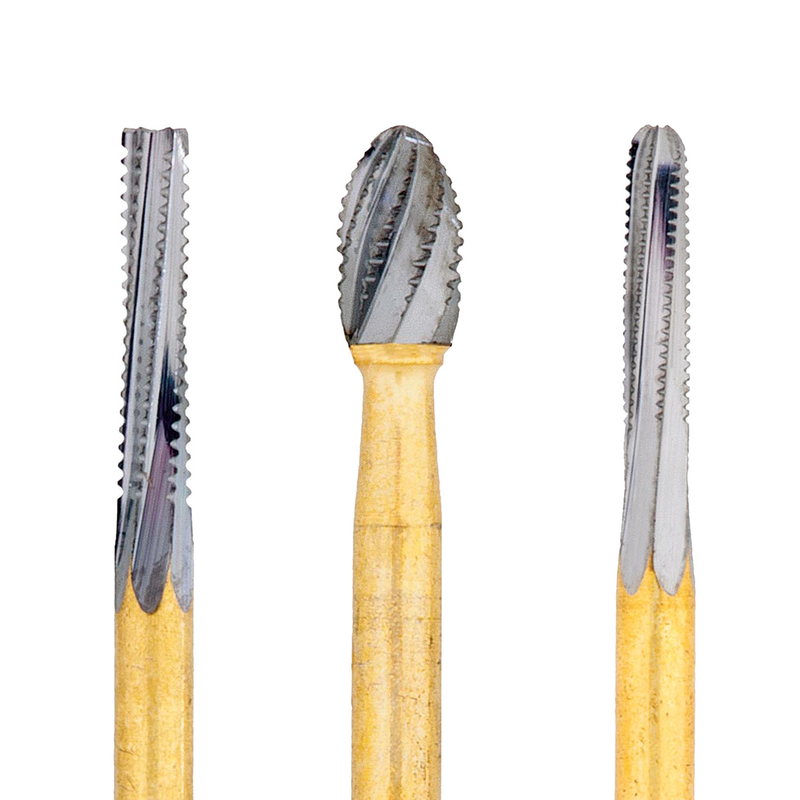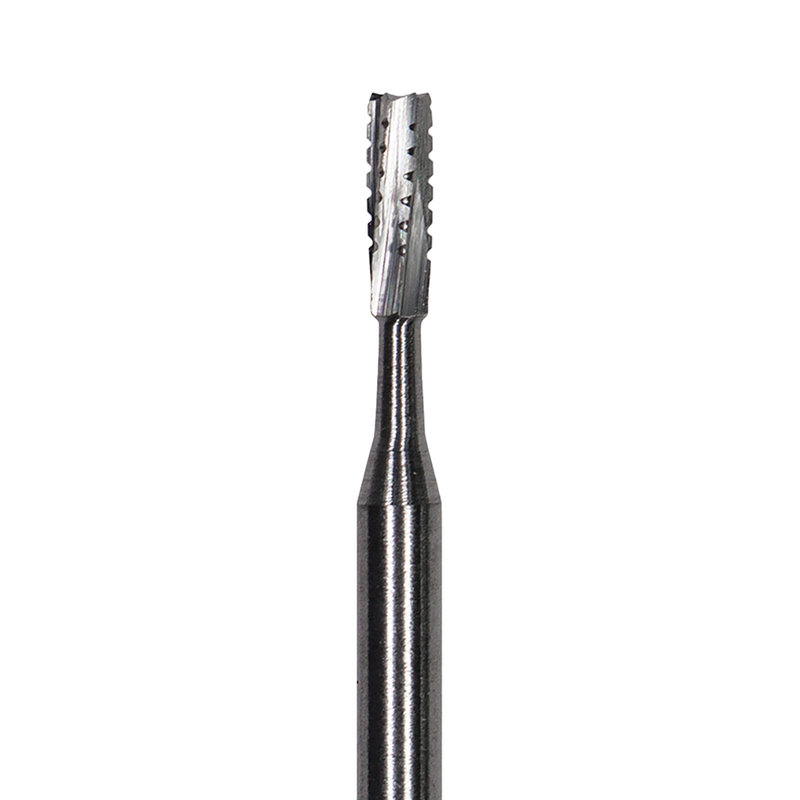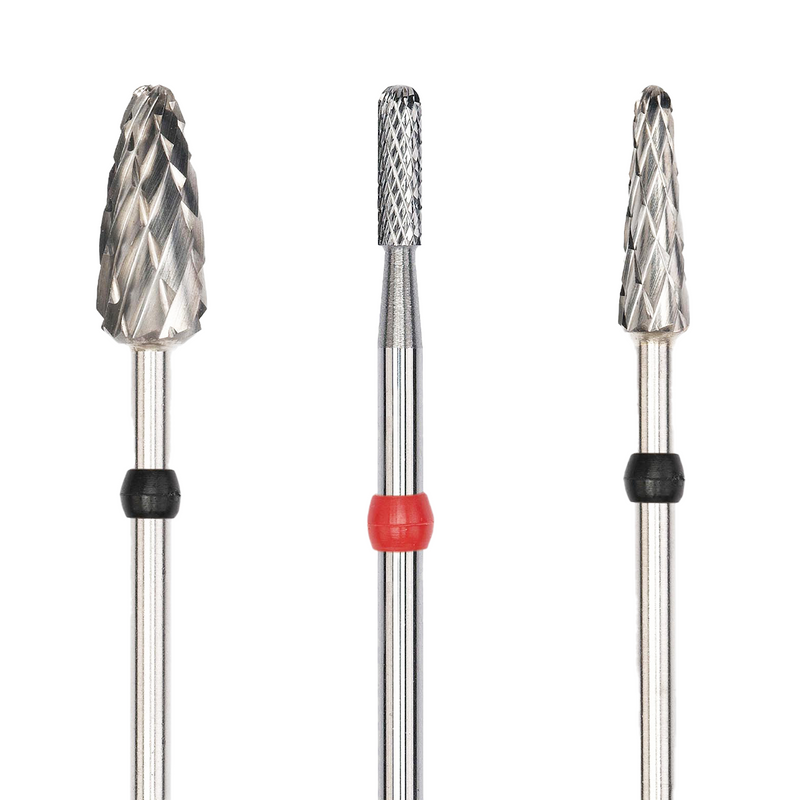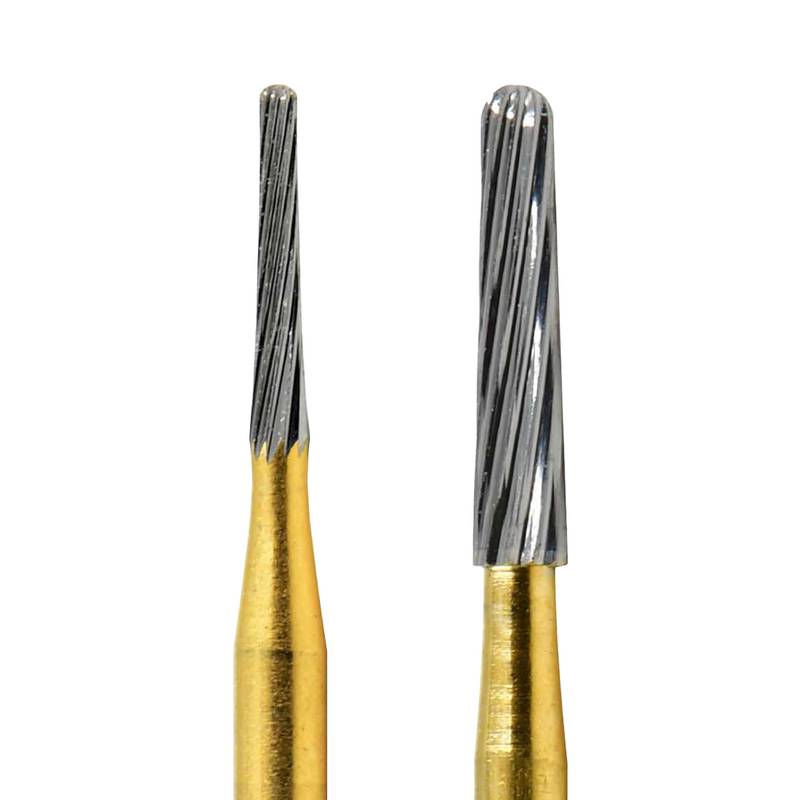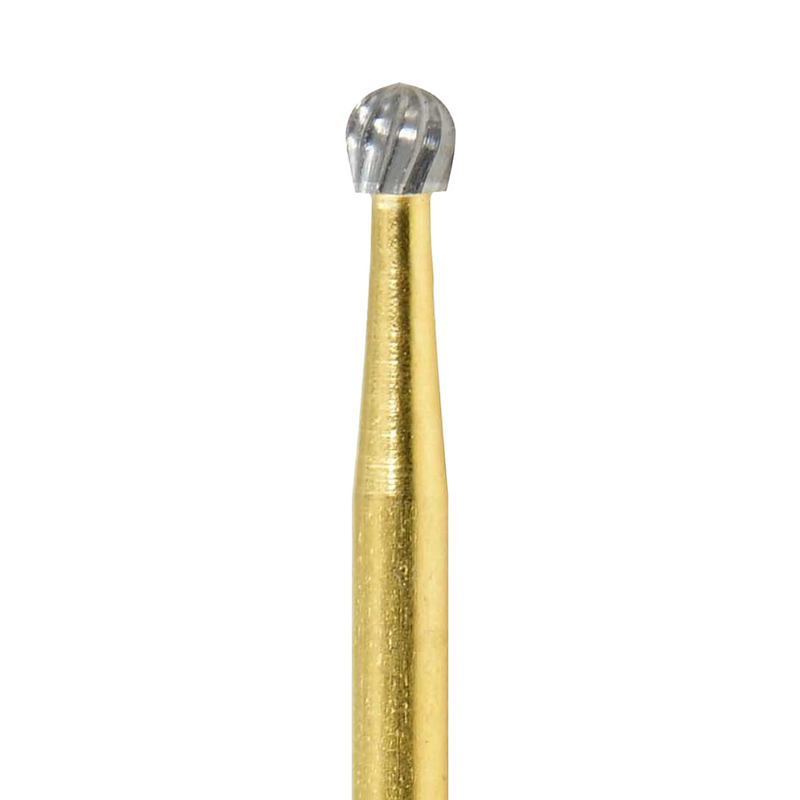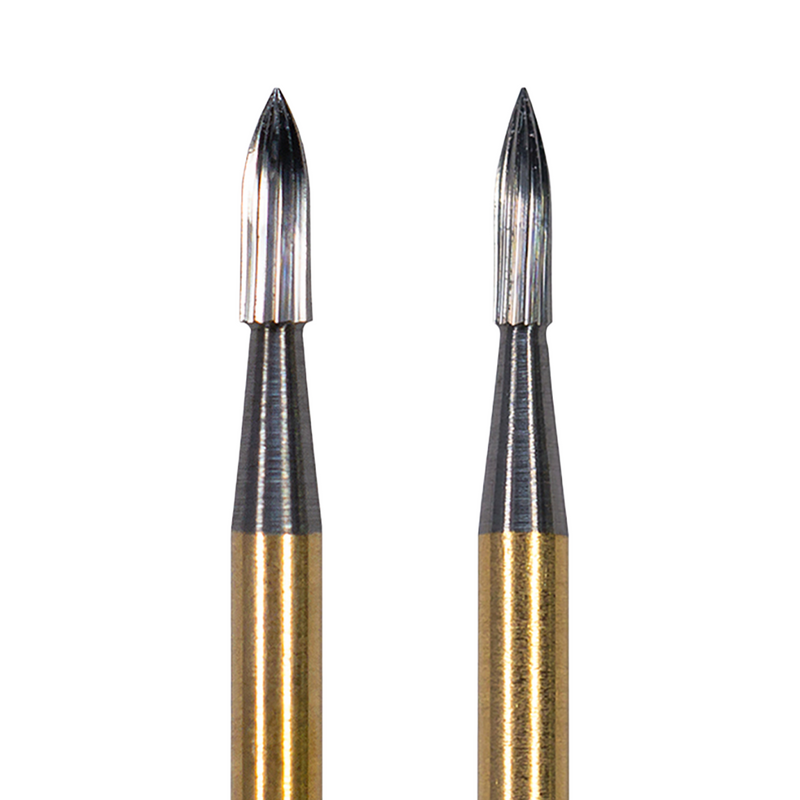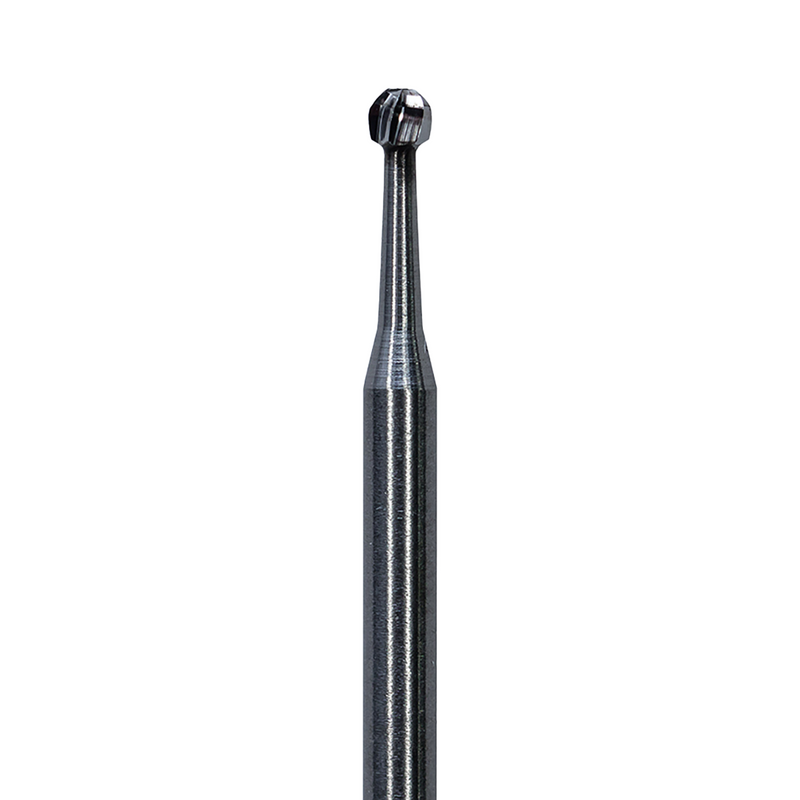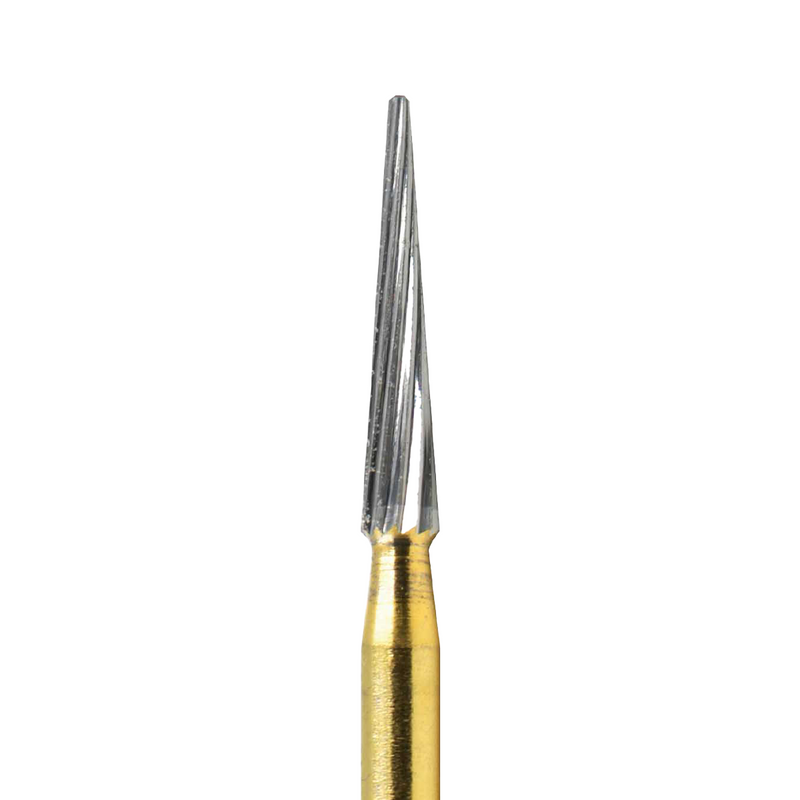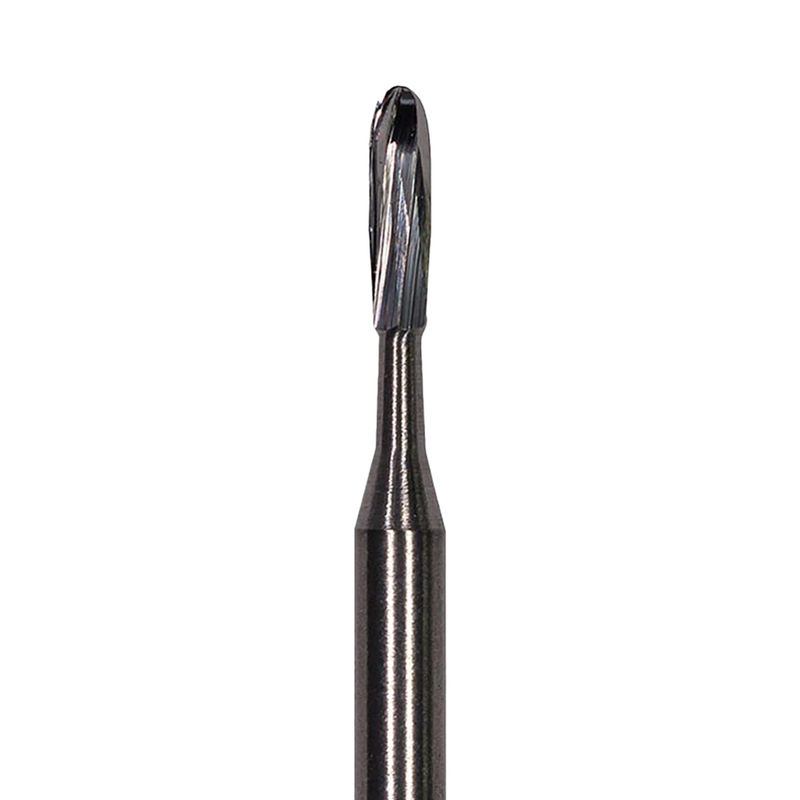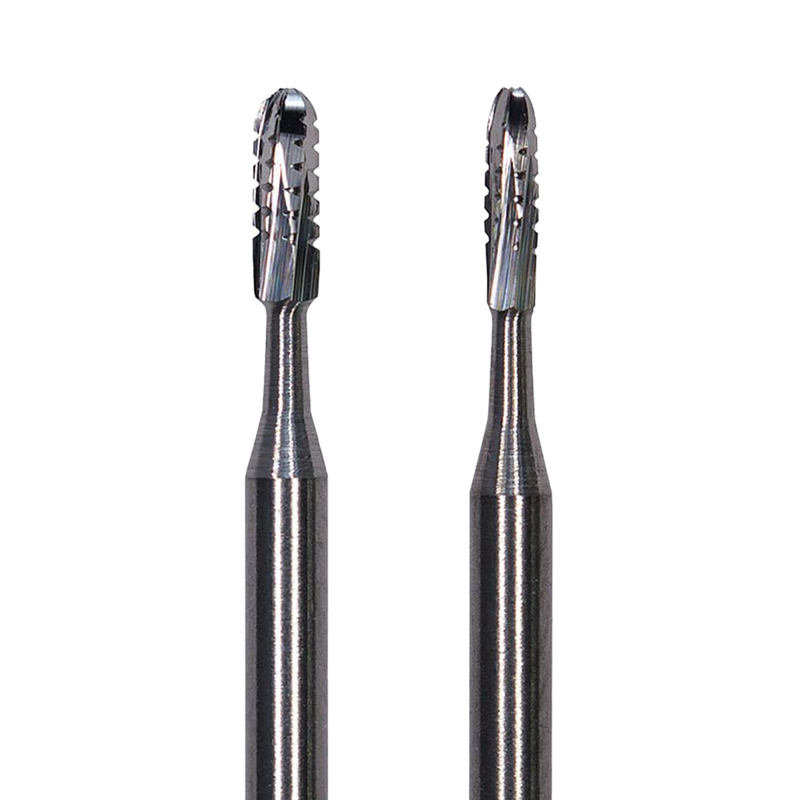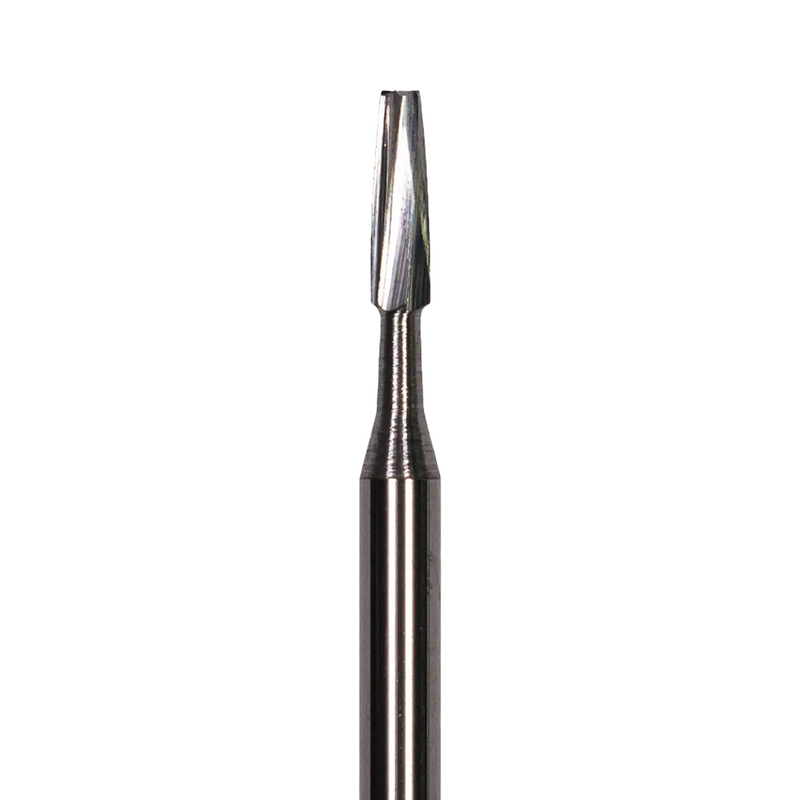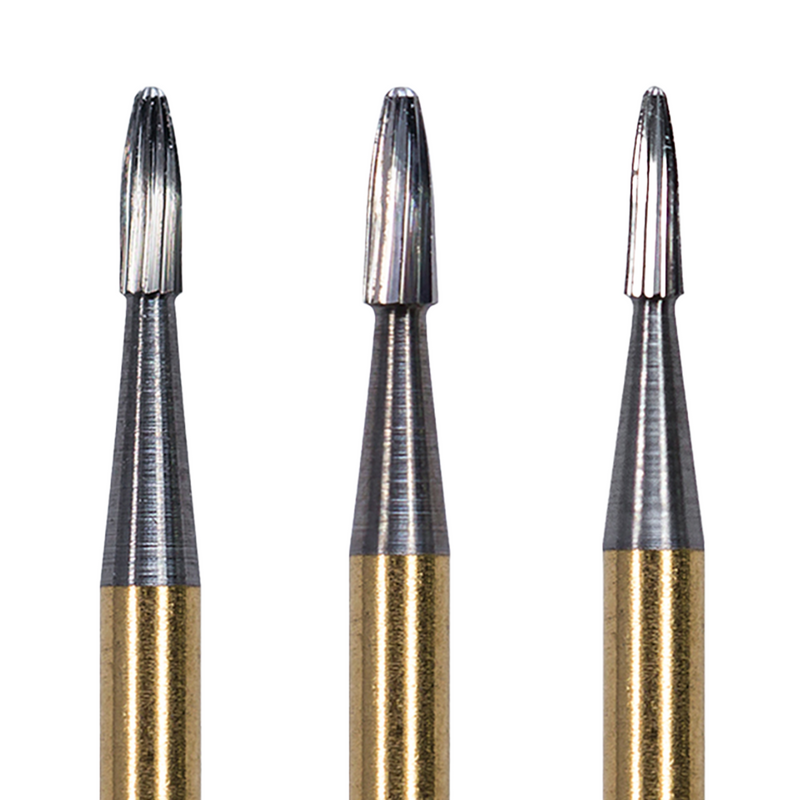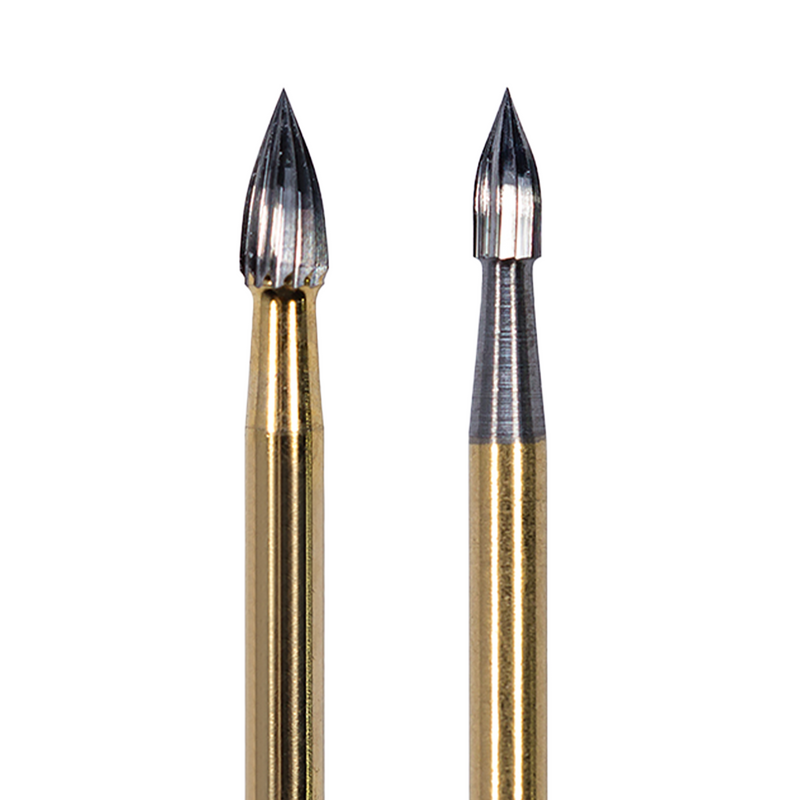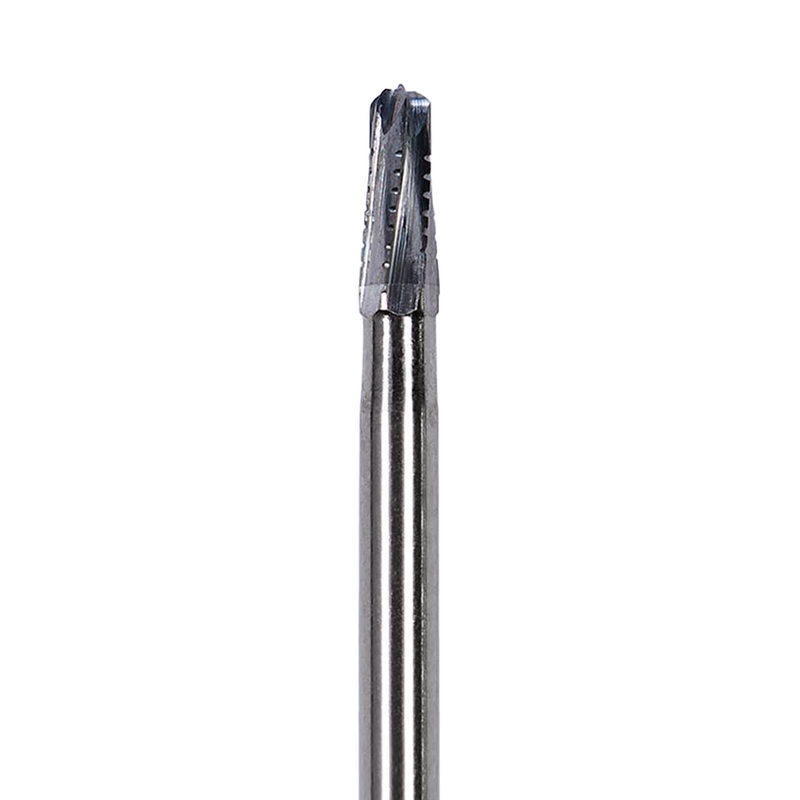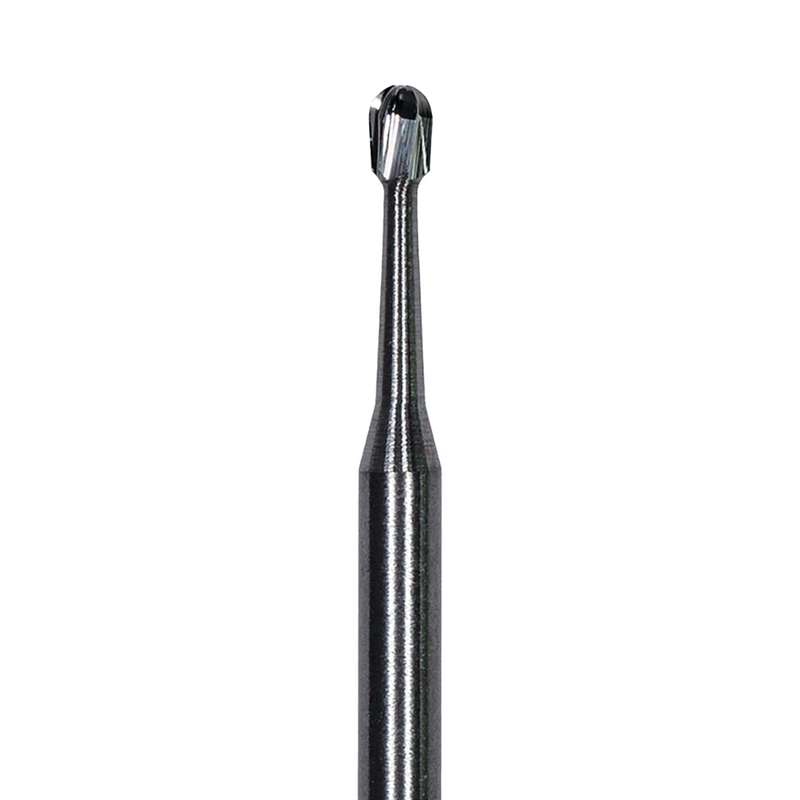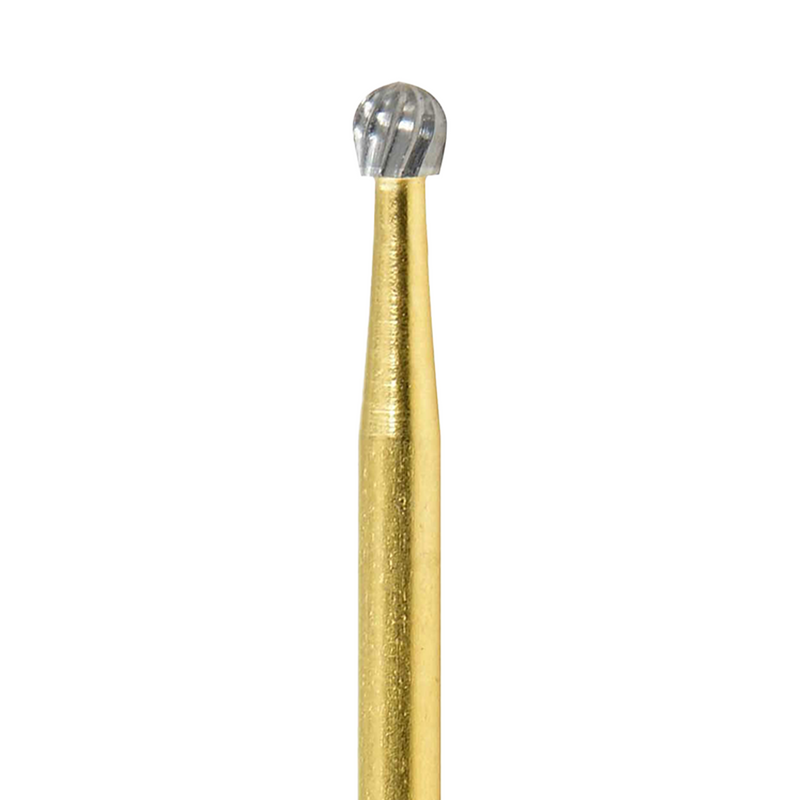What are Carbide Burs?
Carbide Burs are dental rotary instruments made of Tungsten-carbide material. The Tungsten Carbide is a chemical compound (WC) containing equal parts of carbon and tungsten atoms. Its basic form is a fine gray powder, but it can be pressed and form into shapes through sintering for use in industrial machinery, cutting tools, chisels, abrasives, armor-piercing shells and jewelry.
What are Dental carbide burs?
The use of tungsten carbide burs in dentistry has become very popular in recent year because they are excellent for preparation, adjustment and cutting of different materials.
Since Carbide dental burs are are made of a super-hard and very resistant chemical compound, they are ideal for cutting and drilling. Unlike diamond burs, the carbide dental burs leave smoother surface rather than rough.
Dental Carbide burs are available in different types and sizes, vary by shank, head and grit. The most popular types are Inverted cone burs, straight fissure burs, straight fissure cross cut, fissure tapered burs, short fissure burs, zekrya surgical burs, Lindemann burs, metal cutting dental burs, cross cut tapered fissure bur and safe ended endo burs.
Why choose Eagle Dental Carbide Burs?
Eagle Dental Carbide burs feature excellent precision and superior finish with zero vibration.
They are made in Israel for higher quality control and can withstand repeated sterilization without rusting.
Differences between Carbide and Diamond burs
Diamond and carbide burs differ by precision, durability and the surface roughness.
The diamond burs are more accurate and less invasive, as they allow the dentist to achieve results with less chance of effective the tooth’s inner pulp area.
Carbide burs are considered much more durable and tend to have a longer lifecycle. They are also much more resistant to heat.
If you wish to achieve a smoother surface - you should consider working with carbide burs. Working with diamond burs usually creates a coarse and rugged environment, and a rough surface in general.
Do you need to cut zirconia or other ceramic crowns? Consider using the diamond burs. With their high-speed grinding abilities, the diamond burs are better suited for the job than carbide burs.
Click here to read more more about the differences between Zirconia and Carbide burs.
Join Our
Newsletter!

 Duties are now included in the product price
Duties are now included in the product price



